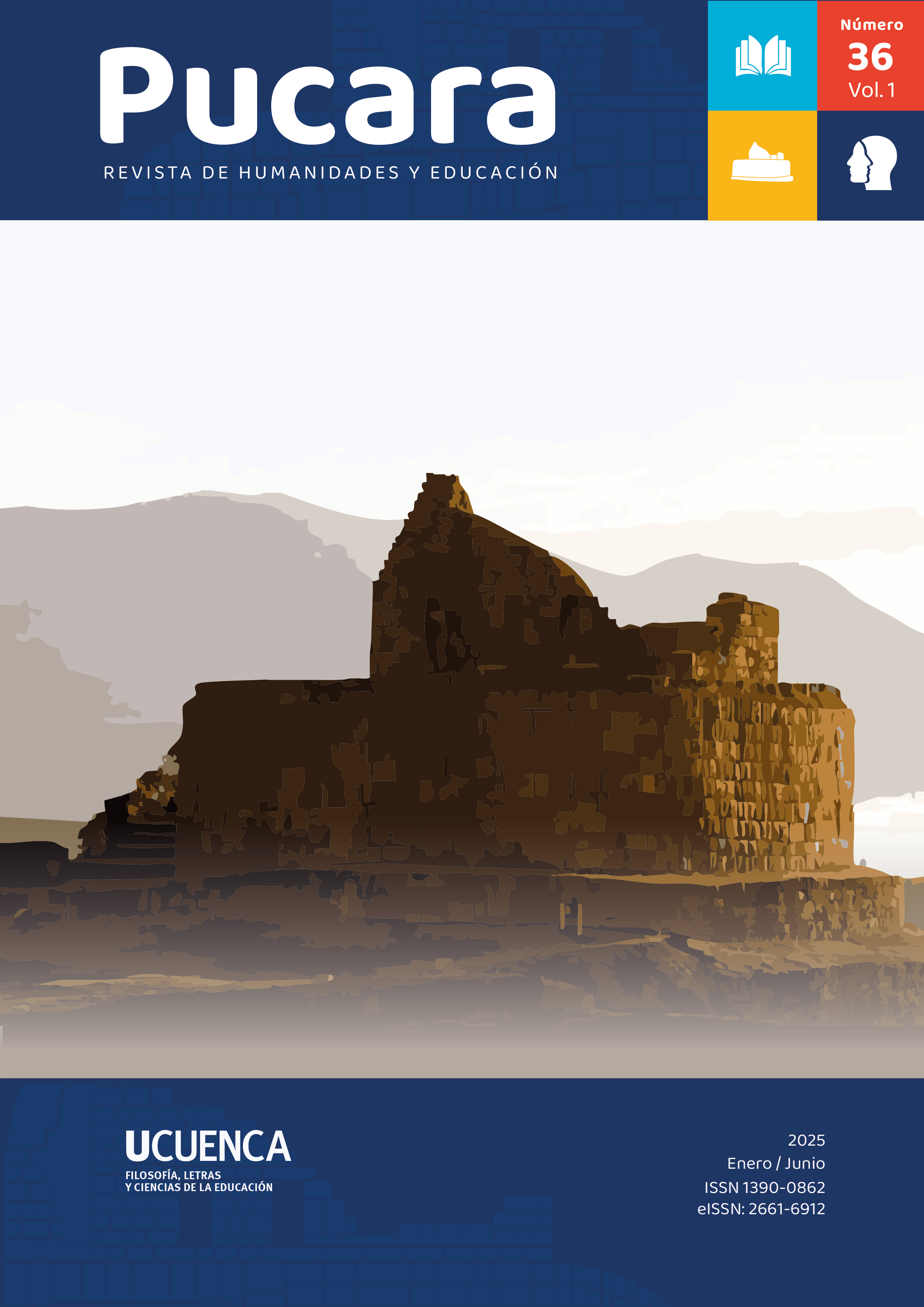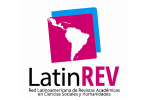Fiebre de carnaval and “traces”: a poetics of dwelling on the coast
DOI:
https://doi.org/10.18537/puc.36.01.03Keywords:
ecuadorian coast, carnival, body-territory, childhoodAbstract
This paper explores the creation of a poetics of living through the analysis of Ortiz Ruano’s narrative language in Carnival Fever and “Indicios,” texts that depict Esmeraldas in the 1990s—a coastal territory historically framed as an “extractive zone.” How does childhood serve as a lens for reconfiguring place, subjectivity, and belonging in this context? “To speak is to make an insular territory,” Ortiz Ruano asserts, a notion that invites an exploration of insularity as a mode of inhabiting and narrating space. This study examines how a sound geography emerges—an affective and liquid ecosystem where tragedy, violence, and festivity intertwine. Through this lens, childhood is positioned as a site of resistance, capable of unsettling dominant visual and narrative frames. Finally, the text proposes the formation of a body-territory, anchored in the racialized female body, as a spatial and poetic configuration of place.
Downloads
References
Benítez Rojo, A. (1998). ¿Existe una estética caribeña? En La isla que se repite (1a ed.). Editorial Casiopea.
Brathwaite, K. (1999). History of the Voice. En Roots (1a ed., p. 259). The University of Michigan Press.
De Certeau, M., Dominique, J., & Reuel, J. (1999). La belleza del muerto. En La cultura popular. Nueva Vsisión.
Díaz Quiñones, A. (2016). Introducción. En A. Díaz Quiñones (Ed.), La guaracha del Macho Camacho (6a ed., pp. 9–96). Cátedra.
Gómez Barris, M. (2010). Prologue. En The Extractive Zone: Social Ecologies and Decolonial Perspectives.
Greene, R., & de Abrantes, L. (2021). Ni urbano ni rural: lo ’citadino’ como tipología para pensar la ciudad no metropolitana. Revista EURE - Revista De Estudios Urbano Regionales, 47(141). https://doi.org/10.7764/EURE.47.141.11
Handelsman, M. (1993). Ubicando la literatura afroecuatoriana en el contexto nacional: ¿Ilusión o realidad? Afro-Hispanic Review, 12(1), 42–47. http://www.jstor.org/stable/23053998
Merleau-Ponty, Maurice. (1993). Fenomenología de la percepción. Planeta-Agostini.
Ortiz Ruano, Y. (2019). Madre o el relato de lo insular. En R. Pacheco (Ed.), Cartografías de la disidencia. Lo femenino en la literatura: potencias e irrupciones (pp. 123–127). Centro Cultural Benjamín Carrión.
Ortiz Ruano, Y. (2022). Fiebre de carnaval (1a ed.). Recodo Press.
Ortiz Ruano, Y. (2023). Indicios. En Litorales (pp. 37–74). Recodo Press.
Pizarro, A. (2002). El archipiélago de fronteras externas. En El archipiélago de fronteras externas. Editorial de la Universidad de Santiago de Chile.
Salazar Masso, L. (2021). Esta herida llena de peces. Editorial Tránsito.
Zaragocin, S., & Caretta, M. A. (2021). Cuerpo-Territorio: A Decolonial Feminist Geographical Method for the Study of Embodiment. Annals of the American Association of Geographers, 111(5), 1503–1518. https://doi.org/10.1080/24694452.2020.1812370
Published
How to Cite
Issue
Section
License
Copyright (c) 2025 Andrea Torres Armas

This work is licensed under a Creative Commons Attribution-NonCommercial-ShareAlike 4.0 International License.
Copyright © Autors.

You are free to:
 |
Share — copy and redistribute the material in any medium or format |
 |
Adapt — remix, transform, and build upon the material for any purpose, even commercially. |
Under the following conditions:
 |
Attribution — You must give appropriate credit, provide a link to the licence, and indicate if changes were made. You may do so in any reasonable manner, but not in any way that suggests the licenser endorses you or your use. |
| NonCommercial — You may not use the material for commercial purposes. | |
| ShareAlike — If you remix, transform, or build upon the material, you must distribute your contributions under the same license as the original. |
| No additional restrictions — You may not apply legal terms or technological measures that legally restrict others from doing anything the licence permits. |












